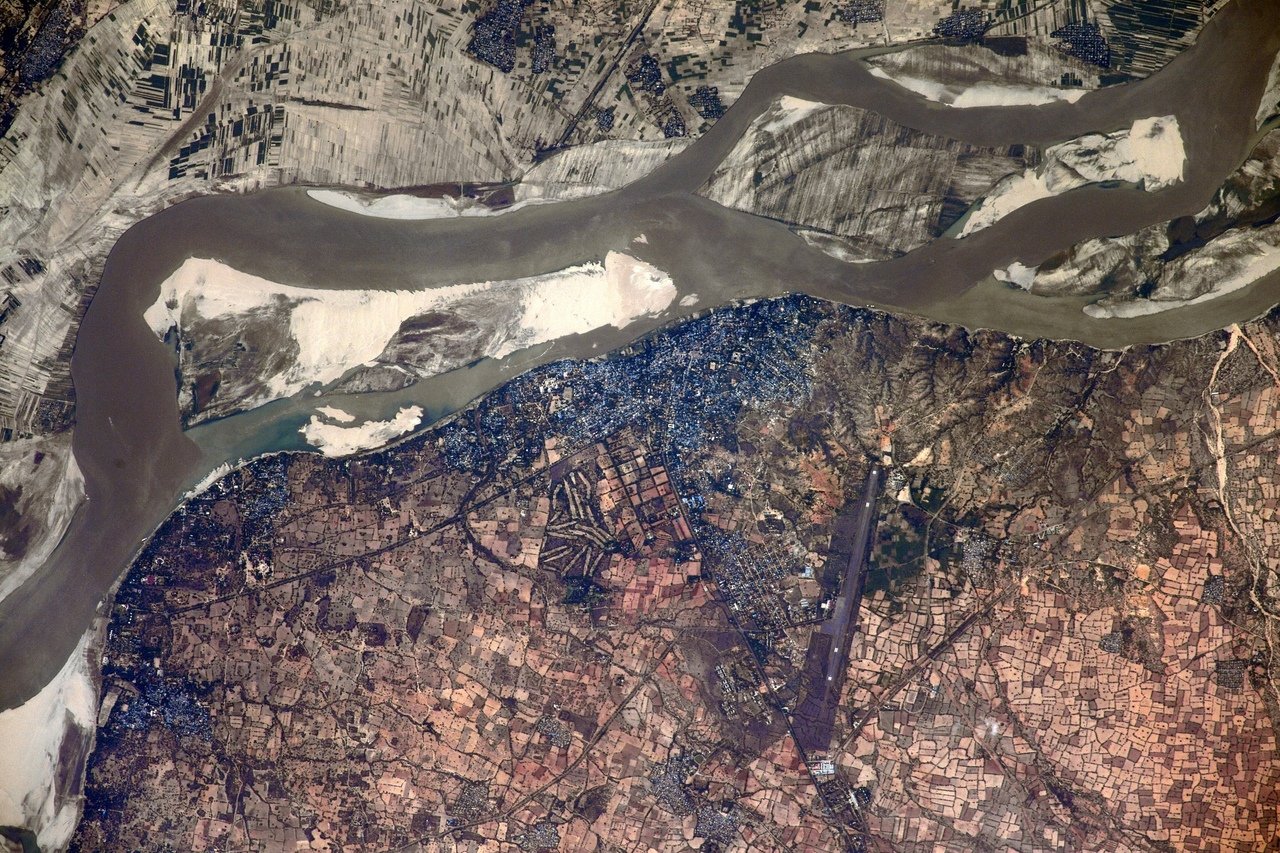[:ja]イワン・ワグナー宇宙飛行士がISSから撮影したミャンマーのバガン遺跡です。

B
バガンは、カンボジアのアンコール・ワット、インドネシアのボロブドゥールとともに、世界三大仏教遺跡のひとつと称され、イラワジ川中流域の東岸の平野部一帯に、大小さまざまな仏教遺跡が林立しています。バガンとは、広くこの遺跡群の存在する地域を指し、ミャンマー屈指の仏教聖地です。その一部の城壁に囲まれたオールドバガンは、考古学保護区に指定されています。点在するパゴダや寺院のほとんどは11世紀から13世紀に建てられたもので、大きいものや小さいものがあります。本来は漆喰により仕上げられた鮮やかな白色をしていますが、管理者のない仏塔は漆喰が剥がれレンガの赤茶色の外観となります。仏塔の数は、3000を超えるといわれています。
地上の様子はこちらです。


参考文献: Ivan Vagner’s Tweet
地球俯瞰画像を見る: LiVEARTH
[Earthview Wonders] No.1135: Bagan🇲🇲
Astronaut Ivan Vagner captured from ISS Bagan Ruins, Myanmar.

Bagan is an ancient city and a UNESCO World Heritage Site located in the Mandalay Region of Myanmar. From the 9th to 13th centuries, the city was the capital of the Pagan Kingdom, the first kingdom that unified the regions that would later constitute modern Myanmar. During the kingdom’s height between the 11th and 13th centuries, 4,446 Buddhist temples, pagodas and monasteries were constructed in the Bagan plains alone, of which the remains of 3822 temples and pagodas still survive to the present day.
The local scenery on the ground is as follows.


Reference: Ivan Vagner’s Tweet
See earthview photo gallery: LiVEARTH[:en][Earthview Wonders] No.1135: Bagan🇲🇲
Astronaut Ivan Vagner captured from ISS Bagan Ruins, Myanmar.

Bagan is an ancient city and a UNESCO World Heritage Site located in the Mandalay Region of Myanmar. From the 9th to 13th centuries, the city was the capital of the Pagan Kingdom, the first kingdom that unified the regions that would later constitute modern Myanmar. During the kingdom’s height between the 11th and 13th centuries, 4,446 Buddhist temples, pagodas and monasteries were constructed in the Bagan plains alone, of which the remains of 3822 temples and pagodas still survive to the present day.
The local scenery on the ground is as follows.


Reference: Ivan Vagner’s Tweet
See earthview photo gallery: LiVEARTH[:]